Black Lives Matter
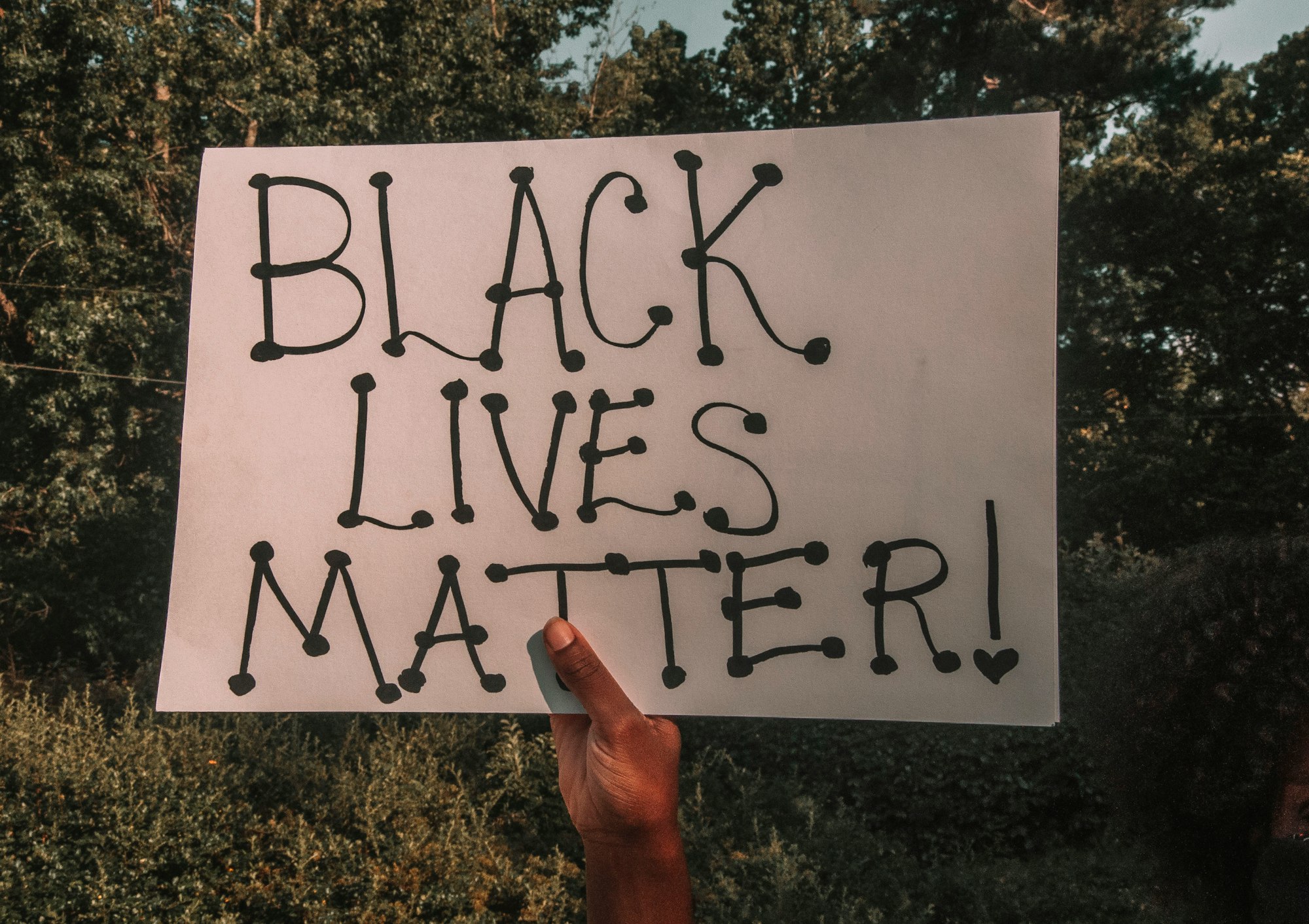
Black Lives Matter. Some people view this as a controversial statement. It shouldn't be. Black people in Canada experience systemic racism. It is present in the education system. It is present when Black people apply for jobs. It is the reason Black people are overrepresented in prison populations. And it means Black people are more likely to be victims of police brutality.
As teachers, it is vital that we teach our students that black lives matter. We need to spend time educating them about systemic racism in Canada and police brutality. Below is a list of books that I would recommend for older middle school students and high school students. While all the titles are American, these topics are all too relevant in Canada and deserve our attention. To bring this point home, it is essential to pair these books with Canadian news articles (like the ones in the links above).
However, if you plan on having students read these books, make sure to do your own homework. Read books like How to Be an Antiracist to learn more about how racism exists in our society. If you are white, read White Fragility to face hard truths about racism and you. Get ready to move beyond defensiveness and look at how you need to change. To help students better explore ideas surrounding systemic racism, teachers need to grapple with these ideas first.
The following books are a jumping off point for discussing how racism impacts Black people and how it shapes our society. Please keep in mind that all of these books involve police brutality and violence against Black people. This can be triggering for those who have experienced racist violence, so please consider this when recommending these titles to your students.
- Swing, by Kwame Alexander and Mary Rand Hess - This book is primarily about baseball, first loves, and jazz. It is written entirely in verse, and is recommended for a younger crowd of middle school and up. Spoiler Warning: While Black Lives Matter doesn't make up the bulk of this story, the abrupt ending should offer ample material for discussion.
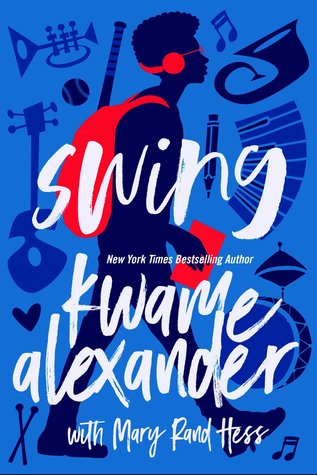
- Stamped: Racism, Antiracism and You, by Ibram X. Kendi and Jason Reynolds - This non-fiction text recounts the history of racism and antiracism in America in an approachable way for late middle school and teen readers.
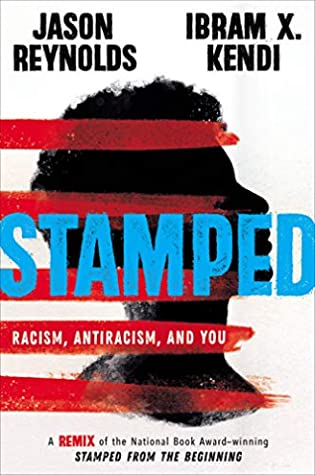
- All American Boys, by Jason Reynolds and Brendan Kiely - This book starts with an attack by a police officer on Rashad, a Black teen, who is arrested for a crime he didn't commit. The attack is witnessed by Quinn, a white kid, who must decide whether to take a stand. Written in alternating chapters, the two characters eventually stand up to community members and the police in order to stand against injustice.
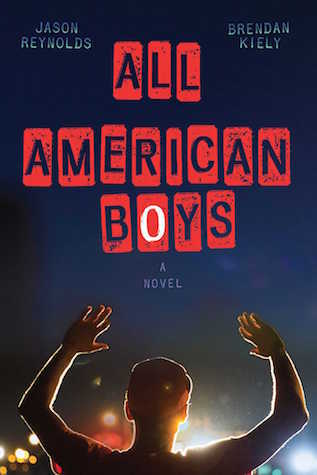
- If You Come Softly, by Jacqueline Woodson - This the story of two teens who start an interracial relationship. The two must weather prejudice and racism in their everyday lives, before the discrimination culminates in a violent act that tears them apart.
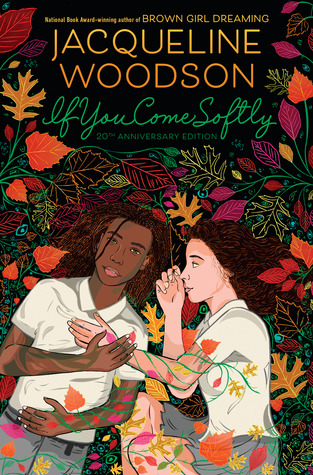
- Dear Martin, by Nic Stone - In this book, main character Justyce McAllister starts a journal to Dr. Martin Luther King Jr. after being unjustly put in handcuffs by a police officer. Later, he and his friend's loud music spark the fury and violence of an off-duty cop. An excellent text for examining the media's role in perpetuating racism.
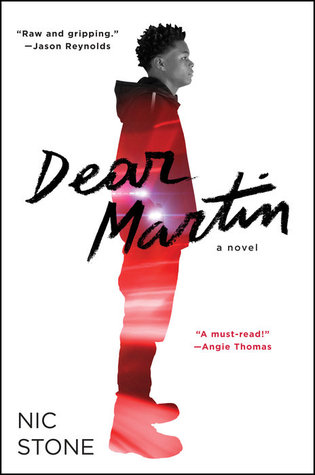
- Anger is a Gift by Mark Oshiro - This book questions the use of school resource officers in schools. When a school resource officer uses violence against a student at Moss's school, Moss and his friends speak out. Protests become dangerous as the police try to suppress dissent, making for some strong connections with current events. A good text for older middle school readers and teens.
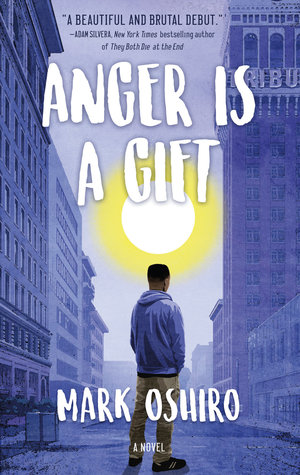
- The Hate U Give, by Angie Thomas - In the book, the main character Starr sees her friend fatally shot by a police officer. As the only witness, she must decide whether to speak out publicly against police brutality and possibly endanger herself and her family.
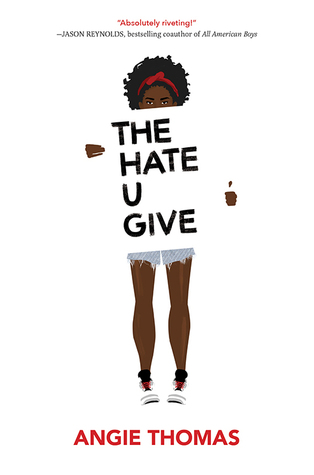
- March, by Congressman John Lewis, Andrew Aydin, and Nate Powell - This graphic novel outlines the civil rights movement in the United States from the point of view of John Lewis, who was active in the movement. The three graphic novels cover peaceful resistance and the many ways civil rights activists protested and spread their message.
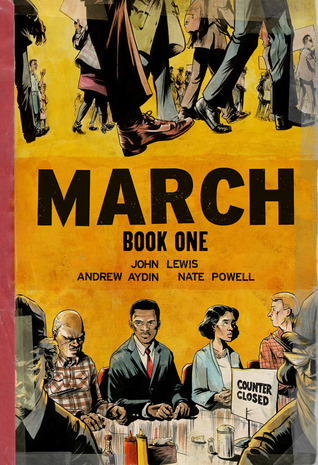
Through reading and discussion, these books can help students better understand how systemic racism affects Black people in Canada and the United States, particularly with regard to police brutality and abuse of authority.
However, it should be noted that books about racism should not be the only books students read with Black characters. Black students deserve to see themselves in all kinds of stories, not only in books where they are portrayed as victims of racism. White students should also read varied works with Black protagonists in order to better understand their experiences. Author Nic Stone explains why in this excellent article and offers book recommendations too.
